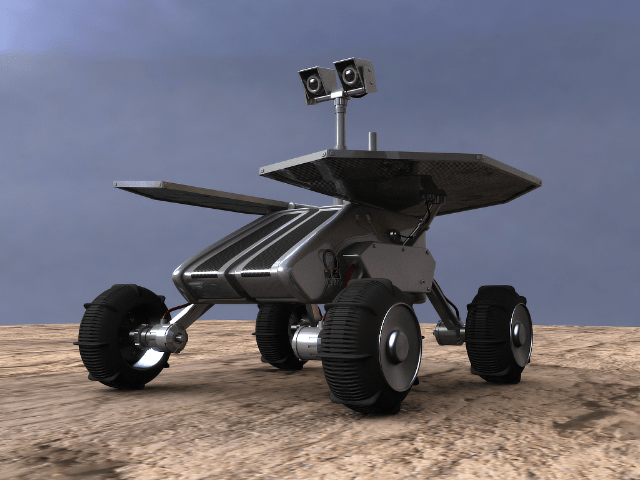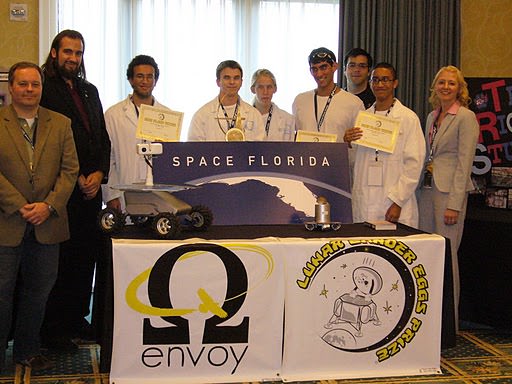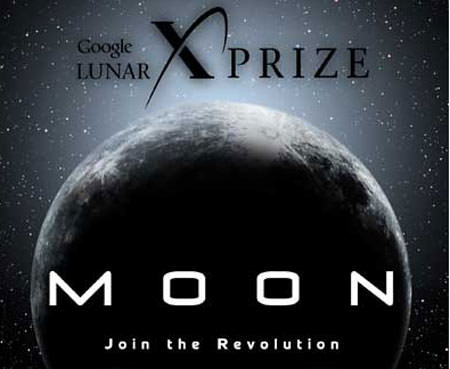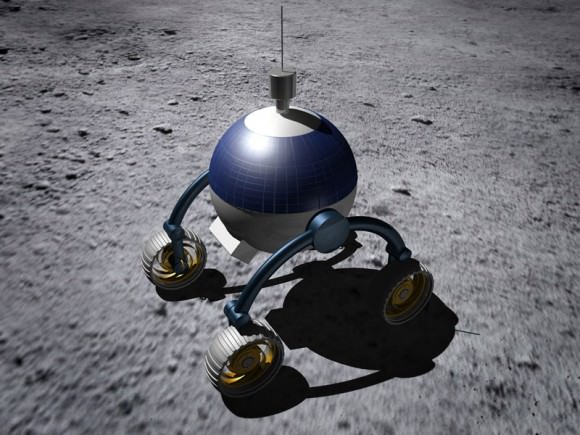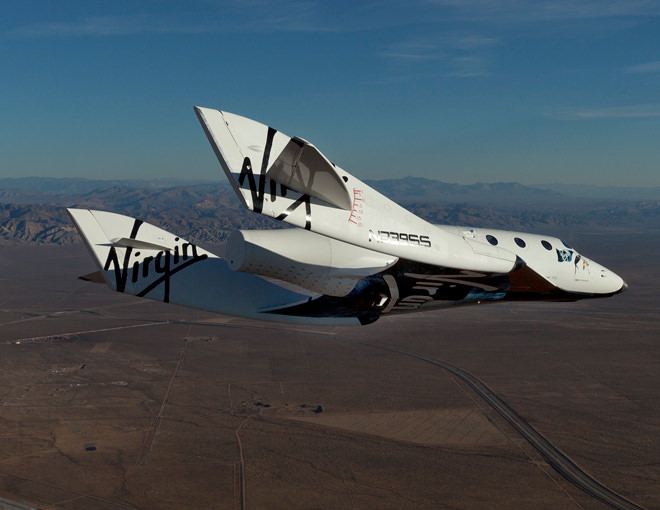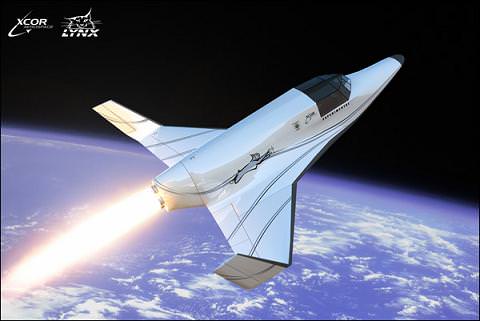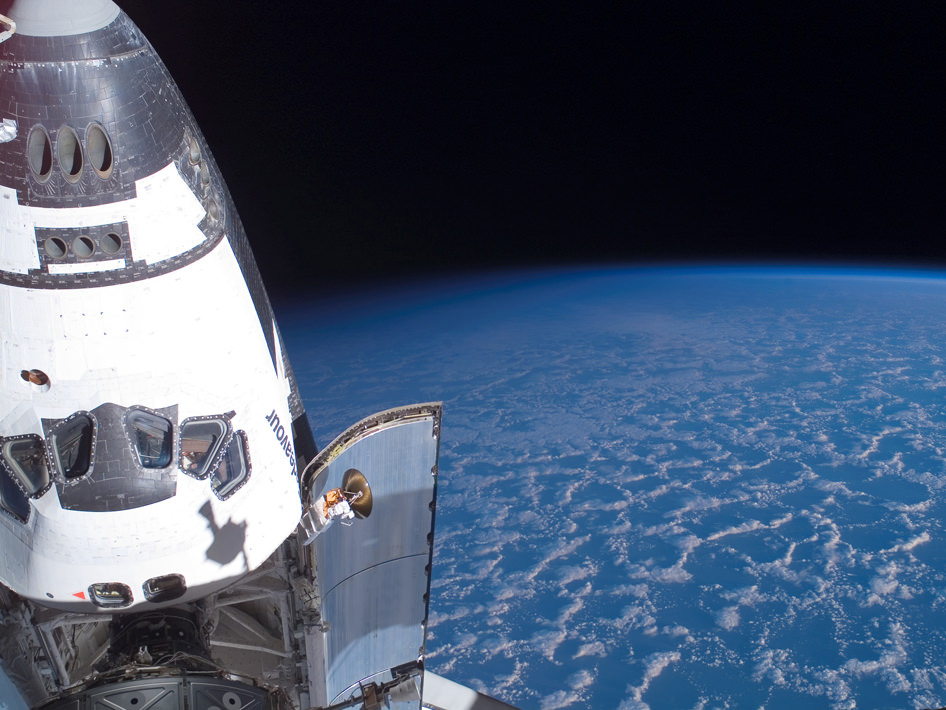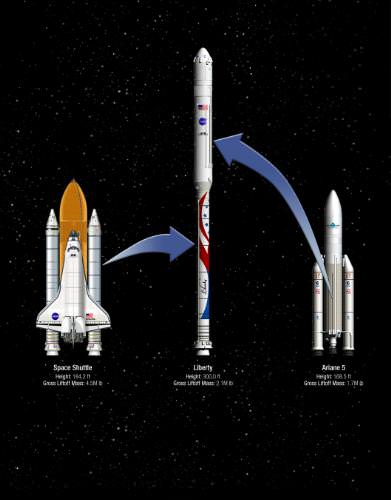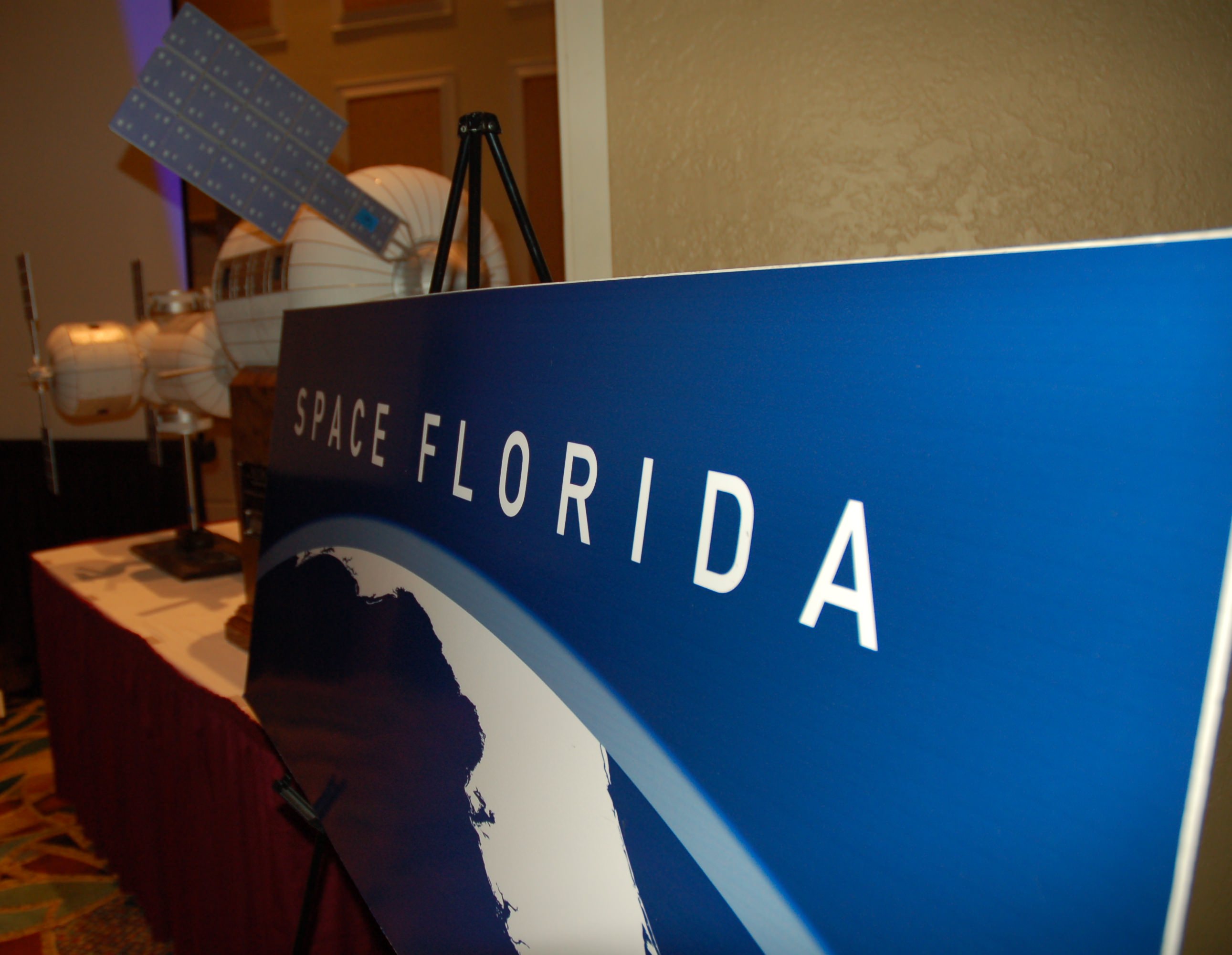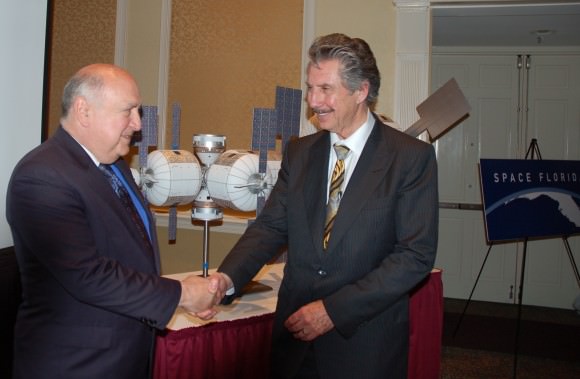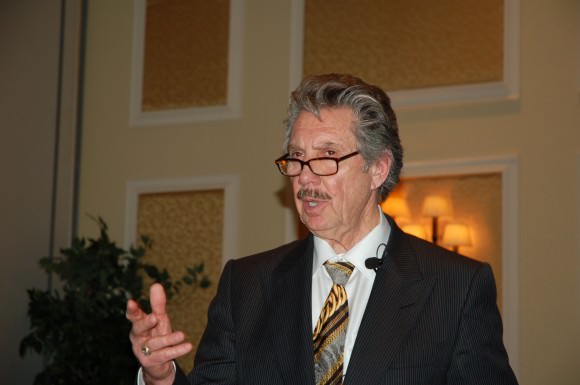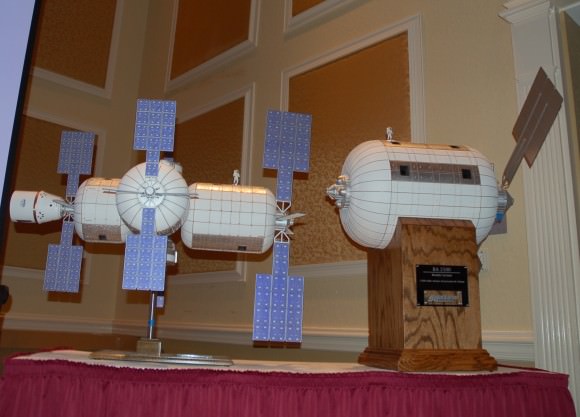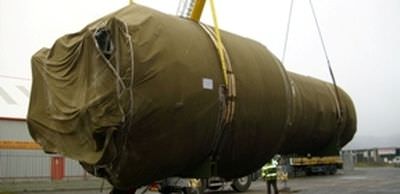[/caption]Elon Musk, the CEO and chief rocket designer of Space Exploration Technologies (SpaceX) announced today (April 5) that SpaceX will build and launch the world’s most powerful rocket – dubbed the Falcon Heavy – within two years.
Musk said that he expects SpaceX will launch the first Falcon Heavy by late 2012 or early 2013 from Vandenberg Air Force Base, California.
“We are excited to announce the Falcon Heavy and only recently completed the design,” said Musk.
“Falcon Heavy will carry more payload to orbit or escape velocity than any vehicle in history, apart from the Saturn V moon rocket, which was decommissioned after the Apollo program. This opens a new world of capability for both government and commercial space missions.”
Musk unveiled the design plans for the privately developed, 227 foot tall heavy lift rocket at a briefing for reporters at the National Press Club in Washington, DC.
“This is a rocket of truly huge scale.”
Falcon Heavy would lift from 100,000 to 120,000 pounds to orbit, about three times the performance of the Falcon 9. It is comprised of three nine- engine Falcon 9 first stage booster cores and would utilize upgraded Merlin 1D engines currently being tested at the SpaceX rocket development facility in McGregor, Texas. The Falcon booster cores would be the first to have cross feed propellant capability enabling significant enhancements in payload performance, Musk explained.
“We expect to launch a lot, maybe 20 launches per year,” said Musk. He thinks that the launches would be spilt about equally between the current Falcon 9 and the new Falcon Heavy allowing SpaceX to compete in the full gamut of opportunities for commercial rocket providers. The Falcon Heavy could even be used for interplanetary science missions to Mars and elsewhere in the Solar System (watch for follow up article).
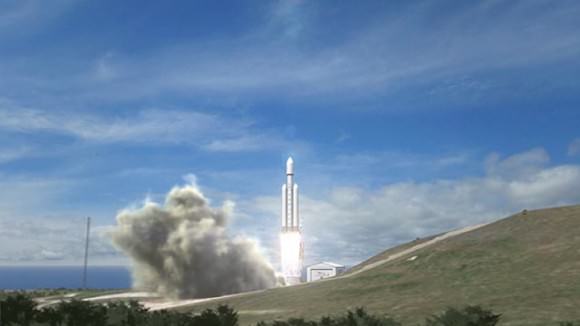
The Falcon Heavy would also be launched from Cape Canaveral after upgrading the existing Falcon 9 pad at the Cape. Indeed a majority of launches is expected from Florida vs. California.
SpaceX is in discussions with NASA to also possibly use one of the shuttle pads at Launch Complex 39 at the Kennedy Space Center. Both launch pads will be vacant after the shuttle stops flying later this year.
“First launch from our Cape Canaveral launch complex is planned for late 2013 or 2014,” Musk said.
The new heavy lift booster will have twice the performance capability of NASA’s retiring Space shuttle fleet or the Delta IV Heavy according to Musk.
“The Falcon Heavy will have more payload capability than any rocket since the Saturn V moon rocket.”
Musk said the Falcon Heavy will be dramatically cheaper and more cost effective compared to current rockets and set new world records in affordability and cost per pound. “The cost will be about $1000 per pound to orbit.” That price is a long sought and near mythical goal. It is also a critical selling point during these times of flat, very tight and declining budgets.
SpaceX says they are offering the Falcon 9 for some $50-60M and the Falcon Heavy for $80-$125M per launch. They say this compares to the projected Air Force average cost of $435M per launch for the 2012 budget year.
“The Falcon Heavy will be about one third the cost of the Delta IV Heavy and with twice the performance. That’s about 6 times more cost effective,” Musk stated. “That’s a pretty huge leap in capability.”
SpaceX will finance the cost of the first demonstration launch. The rocket will only loft several small payloads unless some organization is willing to take a gamble for a reduced cost. Without being specific, Musk added that SpaceX has had “strong interest from U.S. government agencies and commercial entities” for the second launch and beyond. “No one wants to be first.”
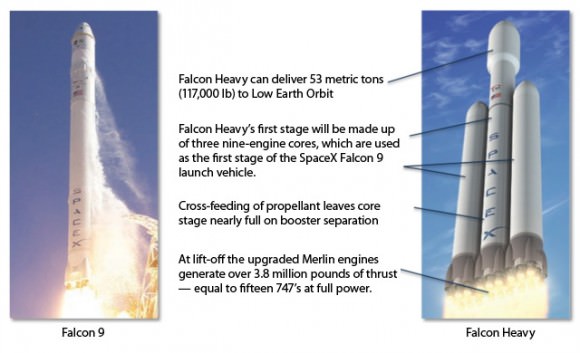
Ensuring reliability is key to SpaceX future. Musk explained that the Falcon Heavy is also designed to meet NASA human rating standards, unlike other satellite launch vehicles. The rocket is designed to meet higher structural safety margins of 40% above flight loads, rather than the 25% level of other rockets, and triple redundant avionics.
To date, SpaceX has launched two Falcon 9 rockets. NASA has awarded SpaceX with a $1.6 billion contract to conduct a minimum of twelve Falcon 9 flights with the Dragon spacecraft to deliver at least 20,000 kg of cargo to resupply the International Space Station (ISS) after the Space Shuttle is retired.
Musk said that there is a lot to be learned and applied from using high volume production techniques used in the automotive industry while maintaining stringent quality control.
The date of the frist Falcon Heavy launch is expected to depend greatly on regulatory requirements, just like the maiden launch of the Falcon 9.

Watch a SpaceX YouTube video about Falcon Heavy here:


